
Llama
Llama
Llama
What kind of image do you have when you hear the word llama? Although it is an animal that looks similar to an alpaca, some people may not have a good impression of llamas because they are said to spit. However, llamas have a surprising personality. You might like llamas more after reading this page!
Llama Basic Infomation
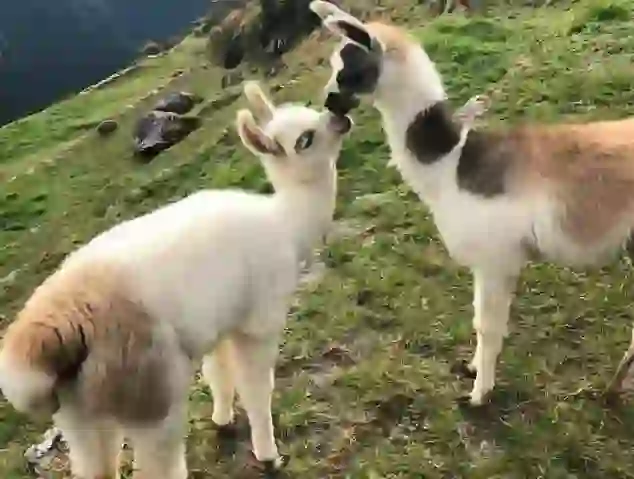
Artiodactyla-Camelidae-Llama genus.
Length 2.1m~2.4m. Weight around 140kg.
Llamas are said to have been domesticated from the guanaco, which inhabits the Andes to Patagonia, so there are no wild species. Therefore, it is considered that there is no particular habitat.
The evidence of domestication is that the heel part of the hind legs is similar to that of the guanaco. However, some people say that there is no conclusive evidence.
The main areas where they are raised are high-altitude areas such as mountainous areas. As they are a member of the camel family, their long necks are very impressive, but they do not have humps on their backs. Also, their long erect ears and short tails are also characteristic of llamas. The color variations of their fur are also surprisingly rich, including white, black, red and yellow-brown, and spotted patterns.
The history between llamas and humans is very old and dates back to the time when the Inca civilization flourished in ancient times. As a strong animal in the llama mountainous region, it was highly valued as a pack animal for carrying goods and its fur was used for ropes and textiles. Its meat was also eaten as food. Even today, llama meat is used as food in the Andes mountain region.
It is difficult to distinguish between male and female llamas just by appearance alone. Females are generally smaller than males, but it is often determined by their reproductive organs.
There is no specific breeding season for domesticated llamas, and the gestation period after mating is about 300-330 days, after which the baby is born. Llamas give birth to one offspring at a time.
Their lifespan is about 20 years, but there are some llamas that live up to 26 years old (as of August 29, 2020).
Since llamas are herbivores, they mainly eat grass and hay. In zoos, they are often fed vegetables and pellets.
Llama Q&A

Why does a lama give out a brim?
Have you ever seen a scene on TV where a llama spits at its fellow llamas or humans? It’s quite an impactful sight, and it’s unpleasant to be spat on by a llama when you go to the zoo.
So why do llamas exhibit this strange behavior in the first place? In short, it is said to be a behavior used to intimidate others. It can mean that something is bothering them or that they are saying “Don’t come any closer!”
By the way, the liquid that is thought to be spit is actually stomach contents. Llamas have three stomachs and can regurgitate food that they have swallowed once and chew it again. This is called “rumination,” and animals that can do this are called “ruminants.” Camels and alpacas are also ruminants. However, it has a very strong odor, so if you happen to get spat on, the smell may linger.
If their ears are laid back, it means they are regurgitating their stomach contents into their mouth - in other words, it’s a sign that they’re about to spit - so when you go to the zoo, please observe them carefully and be aware.

Are llamas scary animals?
As I mentioned in the previous Q&A, llamas have a tendency to spit when they get upset. This might give some people the impression that they are difficult to deal with and a little scary…
But surprisingly, they are gentle and friendly animals. They seem to enjoy being touched, and they may have a kinder side than you might think.
Also, it seems that you can tell how a llama is feeling to some extent by the movement of its tail. Llamas usually swing their tails from side to side, but when they are on alert, they raise their tails.
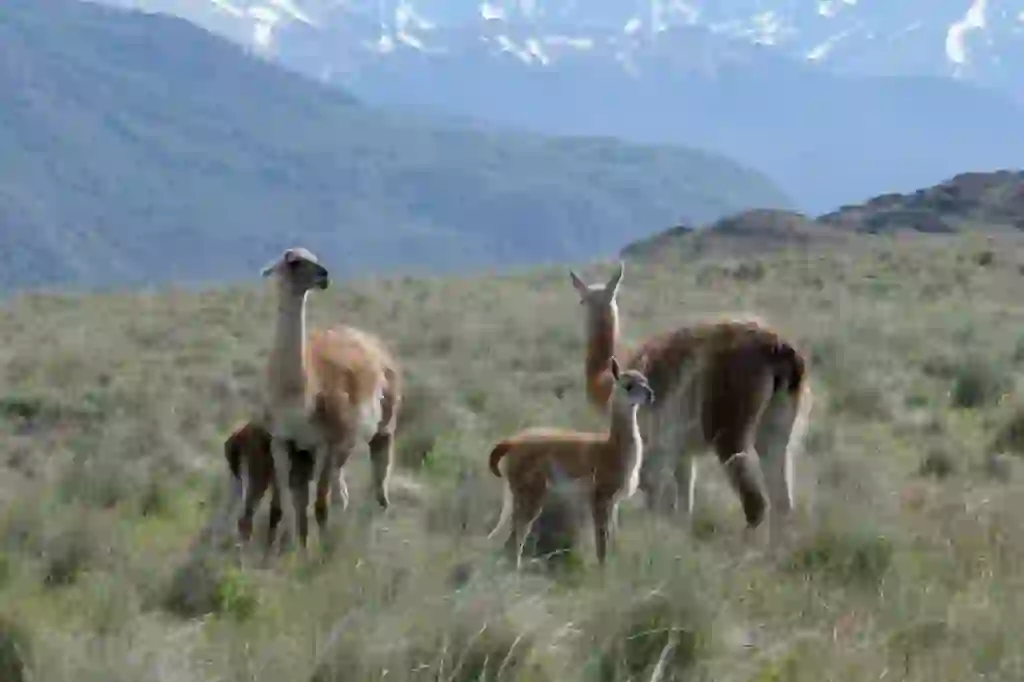
What is the difference between a llama and an alpaca?
These two animals are famous for being frequently compared to each other, but if you were asked to answer specifically what the differences are, it might be difficult to come up with them.
First of all, both llamas and alpacas are animals of the same camel family. Llamas are generally larger than alpacas, but their ears have a more distinctive feature than their size. Llama ears are rounded at the tips and shaped like bananas. On the other hand, alpaca ears are shorter.
As for the texture of their fur, llama fur has a history of being used as a fabric, but it is a little stiff and not suitable for clothing. Alpaca fur is fluffy and has a good feel to it, making it suitable for clothing.
By the way, alpacas also spit out smelly saliva when they don’t like something. Camels also exhibit similar behavior.
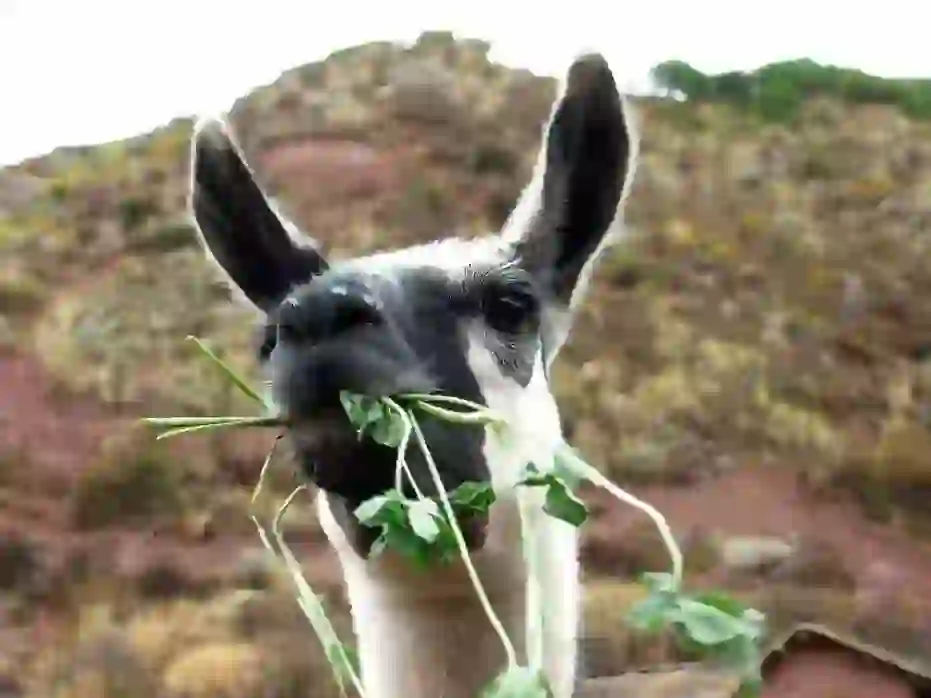
How do llamas squeal?
Come to think of it, llamas are often thought of as animals that don’t make much noise. But what kind of sound do they make? First of all, they make a sound like a goat that goes “Meh.” The voice is a little higher pitched than that of a goat, and it sounds as if it is coming out of the nose.
The other sound they make is “Kokkekekkeke…” It sounds like a chicken, but it is said to be the llama’s alarm call and they make this sound when something unusual happens.
By the way, at zoos, llamas are said to make this sound when they discover an animal that is unfamiliar to them.
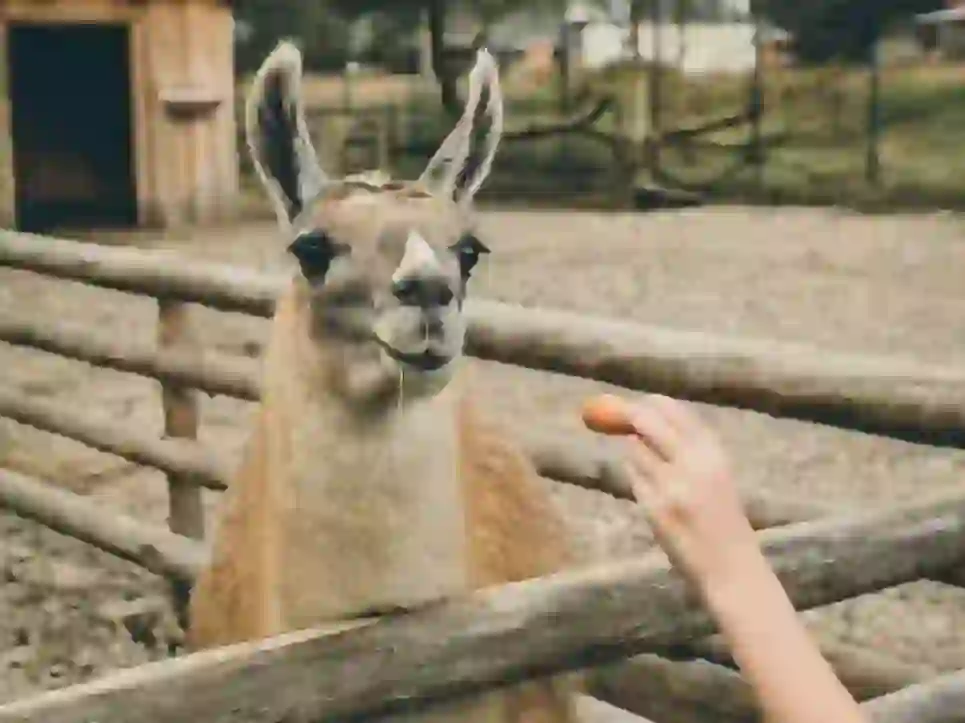
Why can llamas survive in high mountains?
In high-altitude mountainous areas, the air is thin and many animals are not suited to living there. However, llamas live there without any problems.
So why is the llama’s body adapted to high-altitude areas? It is thought that this is because the hemoglobin in their blood has a strong affinity for oxygen.
Perhaps as llamas became accustomed to living in high-altitude environments, their bodies evolved to adapt to the environment.
※Humans and animals have red blood cells in their blood, which contain proteins. These proteins have the ability to bind with oxygen and transport it from the lungs to the rest of the body.

What does it mean that a lama is a bodyguard?
You don’t hear about animals working at airports in Japan… but interestingly enough, llamas are serving as bodyguards and helping out at Portland International Airport in the United States.
It all started when they were wondering if they could use goats as lawn maintenance workers.
They thought that maybe they could release goats into areas where machines couldn’t go and have them eat the weeds instead of using herbicides. They ended up adopting goats and sheep from a nearby facility to do the job.
The results were good and they were helpful in their daily weed control work, but now they were worried about coyotes attacking the goats.
That’s why llamas were hired as bodyguards for the goats. Certainly, if a coyote were to spit that very stinky spit at you, it would probably get sick of the smell and run away.

Would you like to become a part of the 'Animalbook.jp'?
Turn your knowledge into Q&A and share it with the world. ※Publication will be activated after purchase. Let's share information together!
Llama Type of List
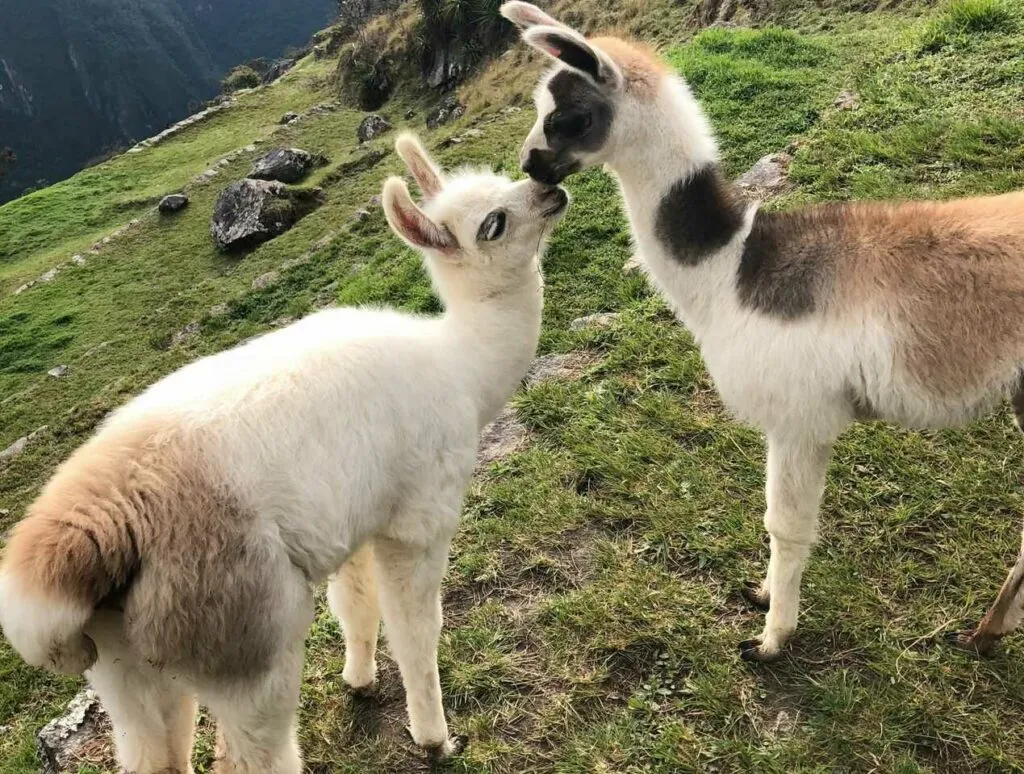
- Llama
Information
Congratulations! You are the first commenter!

Create Your Favorite List!
Llama
Save the animals you love! Build your own list to quickly revisit your favorites later.

Would you like to leave a comment?
※Please note: This is for the purchase of rights to post comments within the article.
Find Your Favorites!
Our shop offers a unique and attractive selection of goods themed around various animals.
Llama References

- ブリタニカ国際大百科事典 小項目事典
- 百科事典マイペディア
- 世界大百科事典 第2版
- 東部動物公園 http://www.tobuzoo.com/zoo/list/details/33/
- 鹿児島市 平川動物公園 https://hirakawazoo.jp/zukan/bunrui/mammal/144
- くるくら https://kurukura.jp/car-life/20200831-90.html
- 長崎バイオパーク http://www.biopark.co.jp/staff/2008/01/post_183.html
- CNN.CO.JP https://www.cnn.co.jp/fringe/35074754-3.html
- いきふぉめ~しょん http://ikimall.ikimonopal.jp/blog/post-802/#i-2
- 違いはねっと https://xn--n8j9do164a.net/archives/7271.html
- 那須アルパカ牧場 https://nasubigfarm.com/alpaca/hair.html
Llama Introduction of media used

出典:https://unsplash.com/photos/xLn90ViSeoE

出典:https://pixabay.com/images/id-175602/

出典:https://unsplash.com/photos/VT5_jp-Naqs

出典:https://pixabay.com/images/id-336180/

出典:https://unsplash.com/photos/35qvAZlMTGQ

出典:https://pixabay.com/images/id-4459194/

出典:https://unsplash.com/photos/CtFF1YUD8vE
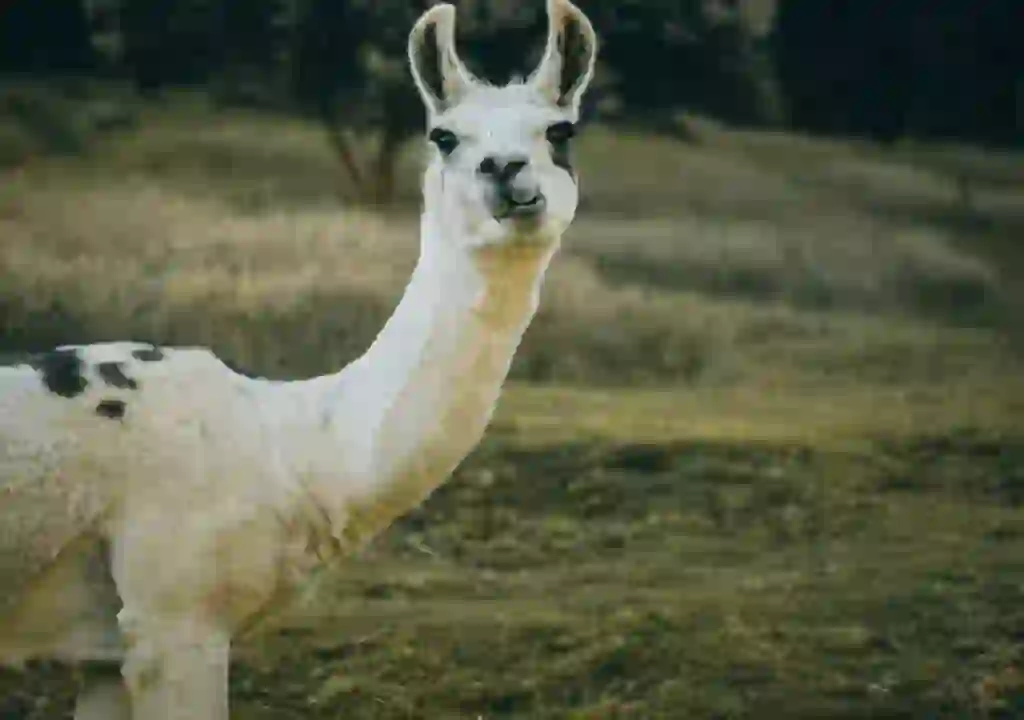
出典:https://unsplash.com/photos/JZQZvzlf7g0
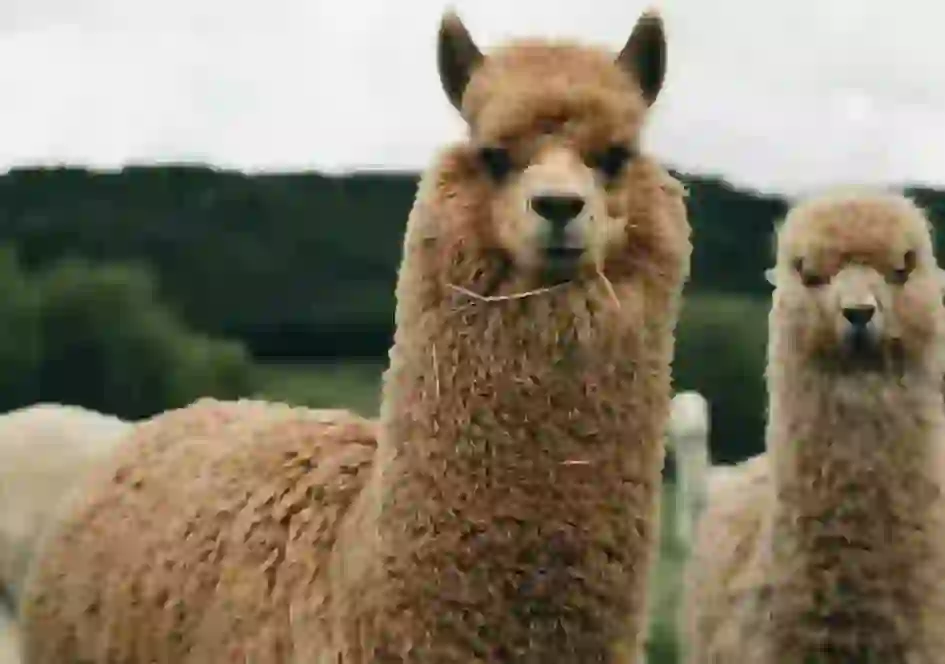
出典:https://www.pexels.com/ja-jp/photo/3396657/
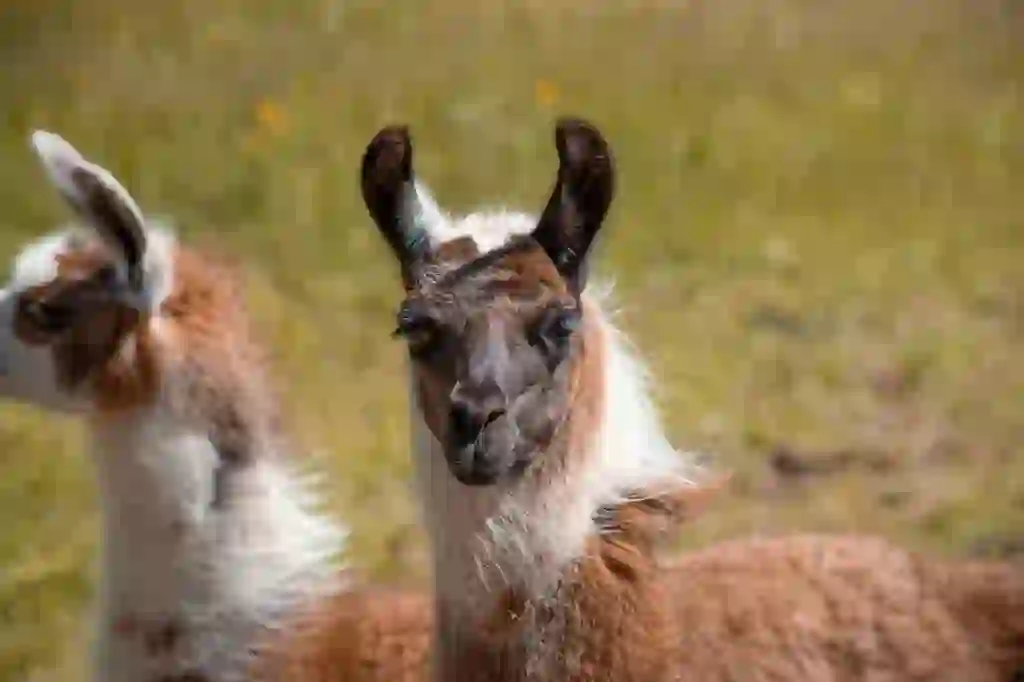
出典:https://pixabay.com/images/id-5730286/

出典:https://pixabay.com/images/id-2774925/

出典:https://unsplash.com/photos/2vSNlKHn9h0

Help Enrich Our Animalbook.jp with Your Media!
We are constantly looking to expand and enrich our Animalbook.jp with amazing photos and videos of animals. If you have any media that you'd like to share, please contribute and help us showcase the beauty and diversity of the animal kingdom. Your submissions will be credited and featured in our encyclopedia, reaching a wide audience of animal lovers.


















